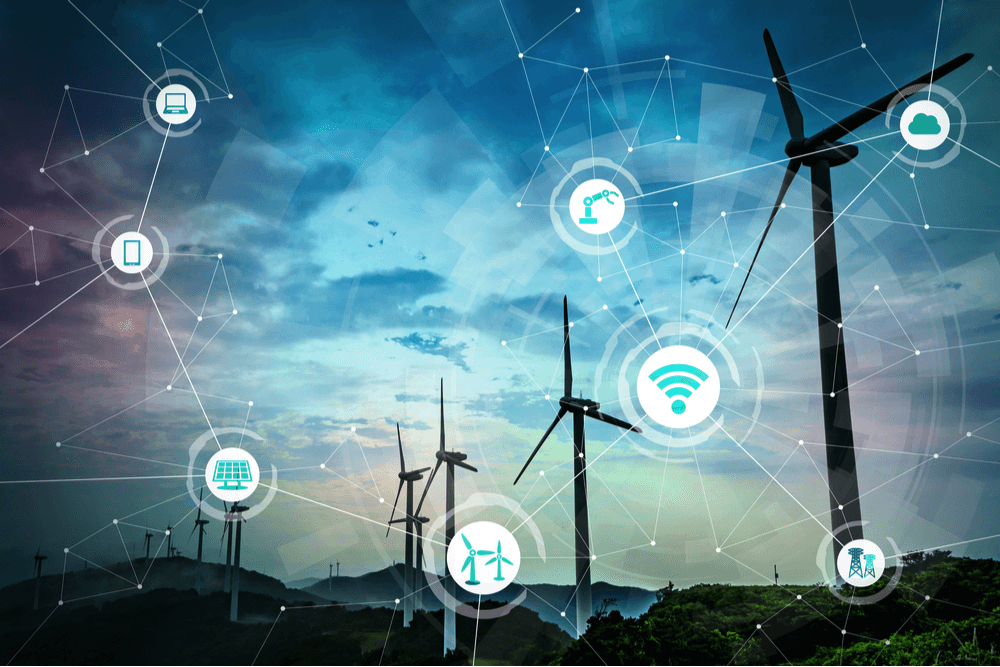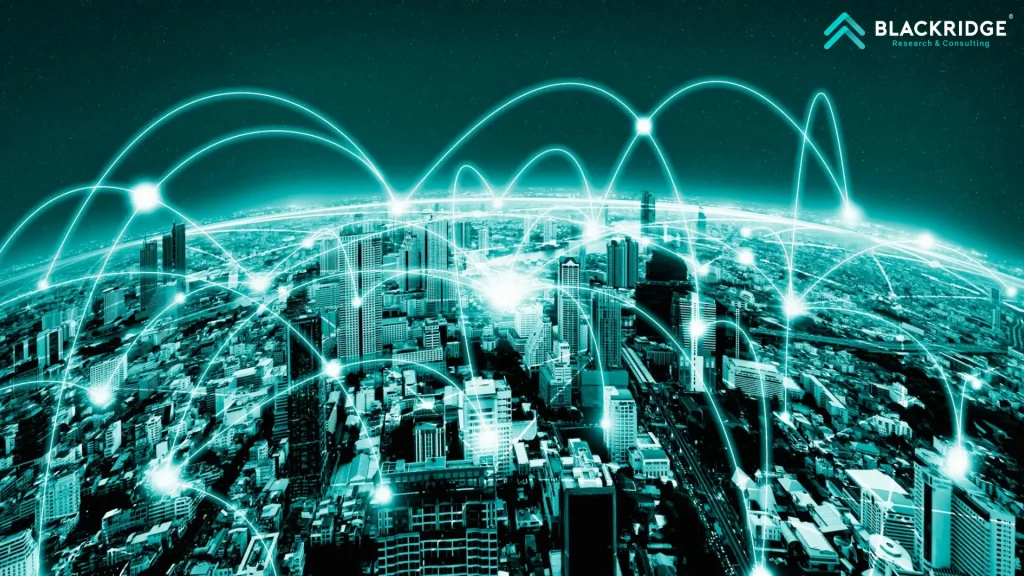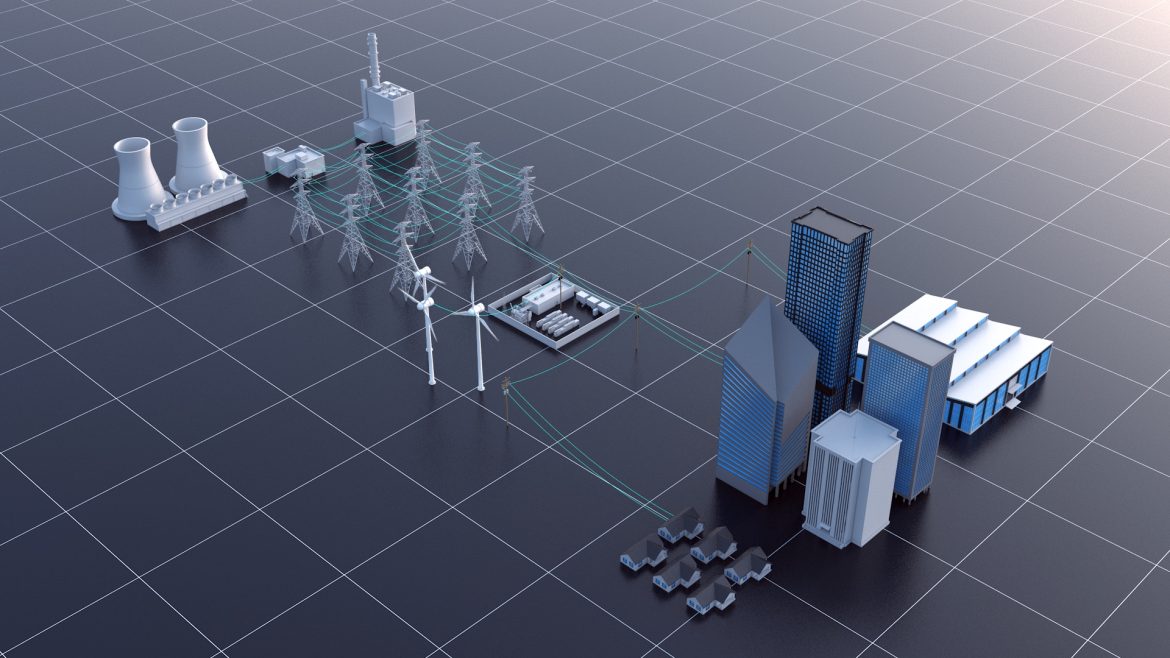Smart grid technology represents a transformative shift in the way electricity is generated, distributed, and consumed. Unlike traditional electrical grids, which rely on one-way communication and control, smart grids use advanced digital technology to create a more dynamic, efficient, and resilient energy system. This article explores the concept of smart grid technology, its components, benefits, challenges, and future trends.

Understanding Smart Grid Technology
A smart grid is an advanced electricity network that integrates digital communication and control technologies to enhance the efficiency, reliability, and sustainability of energy distribution. It leverages real-time data, automation, and sophisticated analytics to manage electricity flow and respond to changes in demand and supply.
- Components of a Smart Grid:
- Smart Meters: These devices measure and record electricity consumption in real-time, providing consumers and utilities with detailed usage data. Smart meters enable dynamic pricing and more accurate billing.
- Advanced Sensors: Sensors placed throughout the grid monitor various parameters, such as voltage, current, and temperature. They provide real-time information on grid conditions and help detect issues before they escalate.
- Control Systems: Automated control systems manage the flow of electricity, optimize grid performance, and coordinate the operation of various components. They respond to changes in demand, balance supply and demand, and ensure stable grid operation.
- Communication Networks: Smart grids rely on robust communication networks to transmit data between smart meters, sensors, control systems, and other components. These networks support real-time monitoring and decision-making.
- Key Technologies:
- Demand Response: This technology allows utilities to adjust electricity consumption patterns in response to supply and demand fluctuations. It helps balance the grid and prevent outages during peak periods.
- Energy Storage: Advanced energy storage systems, such as batteries and pumped hydro storage, store excess energy generated during low-demand periods and release it when needed. Energy storage enhances grid reliability and supports renewable energy integration.
- Distributed Generation: Smart grids support distributed generation, where electricity is produced close to the point of consumption. This includes solar panels, wind turbines, and combined heat and power systems. Distributed generation reduces transmission losses and enhances grid resilience.
Benefits of Smart Grid Technology
- Improved Efficiency:
- Optimized Energy Use: Smart grids enable real-time monitoring and control of energy use, leading to more efficient distribution and consumption. This reduces energy waste and improves overall grid efficiency.
- Reduced Transmission Losses: By integrating local generation sources and optimizing grid operations, smart grids minimize transmission and distribution losses, leading to cost savings and improved energy efficiency.
- Enhanced Reliability and Resilience:
- Faster Outage Detection: Advanced sensors and control systems enable rapid detection and response to outages and grid disturbances. This reduces downtime and improves reliability.
- Self-Healing Capabilities: Smart grids can automatically reconfigure themselves to bypass damaged sections and restore power to affected areas. This self-healing capability enhances grid resilience and reduces the impact of disruptions.
- Integration of Renewable Energy:
- Support for Renewables: Smart grids facilitate the integration of renewable energy sources, such as solar and wind power, into the grid. They manage the variability of renewable energy and ensure a stable supply of electricity.
- Encouraging Distributed Energy: By supporting distributed generation, smart grids promote the use of renewable energy sources at the local level. This reduces reliance on centralized power plants and enhances energy security.
- Consumer Empowerment:
- Real-Time Information: Smart meters and communication systems provide consumers with real-time information about their energy consumption. This enables them to make informed decisions about their energy use and participate in demand response programs.
- Dynamic Pricing: Smart grids support dynamic pricing, where electricity prices vary based on demand and supply conditions. This encourages consumers to shift their energy use to off-peak times, reducing their bills and easing grid pressure.

Challenges and Considerations
- Cost and Investment:
- High Initial Costs: Implementing smart grid technology requires significant investment in infrastructure, equipment, and technology. The high upfront costs can be a barrier to adoption, particularly for smaller utilities and municipalities.
- Long-Term Benefits: While the initial costs are substantial, the long-term benefits of smart grids, including improved efficiency, reliability, and integration of renewable energy, can outweigh the investment.
- Cybersecurity Risks:
- Data Security: Smart grids rely on extensive data collection and communication, making them vulnerable to cyberattacks and data breaches. Ensuring robust cybersecurity measures is essential to protect grid infrastructure and consumer information.
- Regulatory Compliance: Utilities must comply with cybersecurity regulations and standards to safeguard the grid against potential threats. Ongoing vigilance and updates are necessary to address emerging risks.
- Interoperability and Standardization:
- Integration Challenges: Smart grid technology involves various components and systems from different vendors. Ensuring interoperability and standardization is crucial for seamless integration and effective operation.
- Collaborative Efforts: Industry stakeholders, including utilities, technology providers, and regulatory agencies, must collaborate to develop and implement standards that promote interoperability and ensure compatibility.
Future Trends in Smart Grid Technology
- Advanced Analytics and AI:
- Predictive Maintenance: Advanced analytics and artificial intelligence (AI) will enable predictive maintenance, where data-driven insights forecast potential issues and optimize maintenance schedules. This reduces downtime and extends the lifespan of grid components.
- Enhanced Grid Management: AI-driven algorithms will improve grid management by analyzing vast amounts of data, optimizing energy flow, and predicting demand patterns. This will enhance grid efficiency and reliability.
- Decentralized Energy Systems:
- Microgrids: Microgrids are localized energy systems that can operate independently or in conjunction with the main grid. They enhance resilience and reliability by providing localized energy sources and support for renewable integration.
- Blockchain Technology: Blockchain technology has the potential to enhance transparency and security in energy transactions. It can facilitate peer-to-peer energy trading, streamline grid management, and improve data integrity.
- Electric Vehicle Integration:
- Vehicle-to-Grid (V2G) Systems: Electric vehicles (EVs) can be integrated into the smart grid through V2G systems, where EVs provide energy storage and support grid stability. This enhances grid resilience and promotes the use of renewable energy.

Conclusion
Smart grid technology represents a significant advancement in the management and optimization of electrical grids. By integrating digital communication, automation, and advanced analytics, smart grids offer improved efficiency, reliability, and sustainability. As the technology continues to evolve, it will play a crucial role in supporting the transition to renewable energy, enhancing grid resilience, and empowering consumers. While challenges related to cost, cybersecurity, and standardization remain, ongoing innovation and collaboration will drive the continued development and adoption of smart grid technology, shaping the future of energy.


